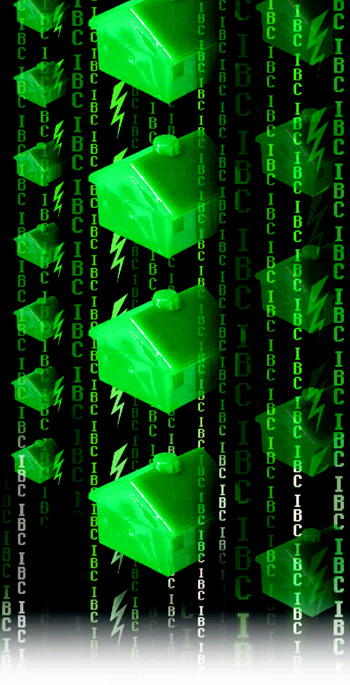Builders also are guilty of limiting code changes, specifically those that they perceive will add unnecessary and prohibitive costs to new housing, such as whole-house fire sprinkler systems or some of the more extreme code reactions to natural disasters. “It’s not that we [NAHB] oppose safer housing, but there has to be a balance with housing affordability,” says Sutton.
In addition, contractors are notorious for simply resisting anything that might upset the status quo of their jobsites and production schedules. “Builders don’t like being pushed by manufacturers and suppliers to try new things,” Sutton says. “They need information to convince the building official to accept it, and it’s inherent on the supplier to provide that. We like new products, but we want to make sure they work.”
The prevailing method for providing that evidence to builders, as well as for innovative manufacturers to gain code compliance, is the ICC-ES process and resulting technical documents that dealers can pass along to their pro customers and/or use to educate local building officials about code changes. “Manufacturers go to the ES to get a piece of paper regarding their product’s code compliance to give to a code official,” says Beaton. “It ties building materials and codes together.”
In addition, says Martin, the ICC is incorporating alternative construction clauses into the code and planning to offer training services to local building inspectors and code officials to get (and keep) them up to speed so that new products aren’t held up on the jobsite or up the supply channel. “If you’ve already gone through the hoops, building officials should not create new ones.”
Finally, resistance to code changes comes from manufacturers, as well, especially those less innovative and looking to protect their profits from an upstart alternative. “Usually, you have a few manufacturers pushing the code while the rest are dragging behind or openly resisting a change or upgraded standard,” says Ruth. “Whichever way you can get the momentum going, the codes tend to go that way.” —Rich Binsacca is a contributing editor for PROSALES.
Tips for Cracking the Code Develop radar for recognizing and anticipating code changes that might impact your product inventory, including:



